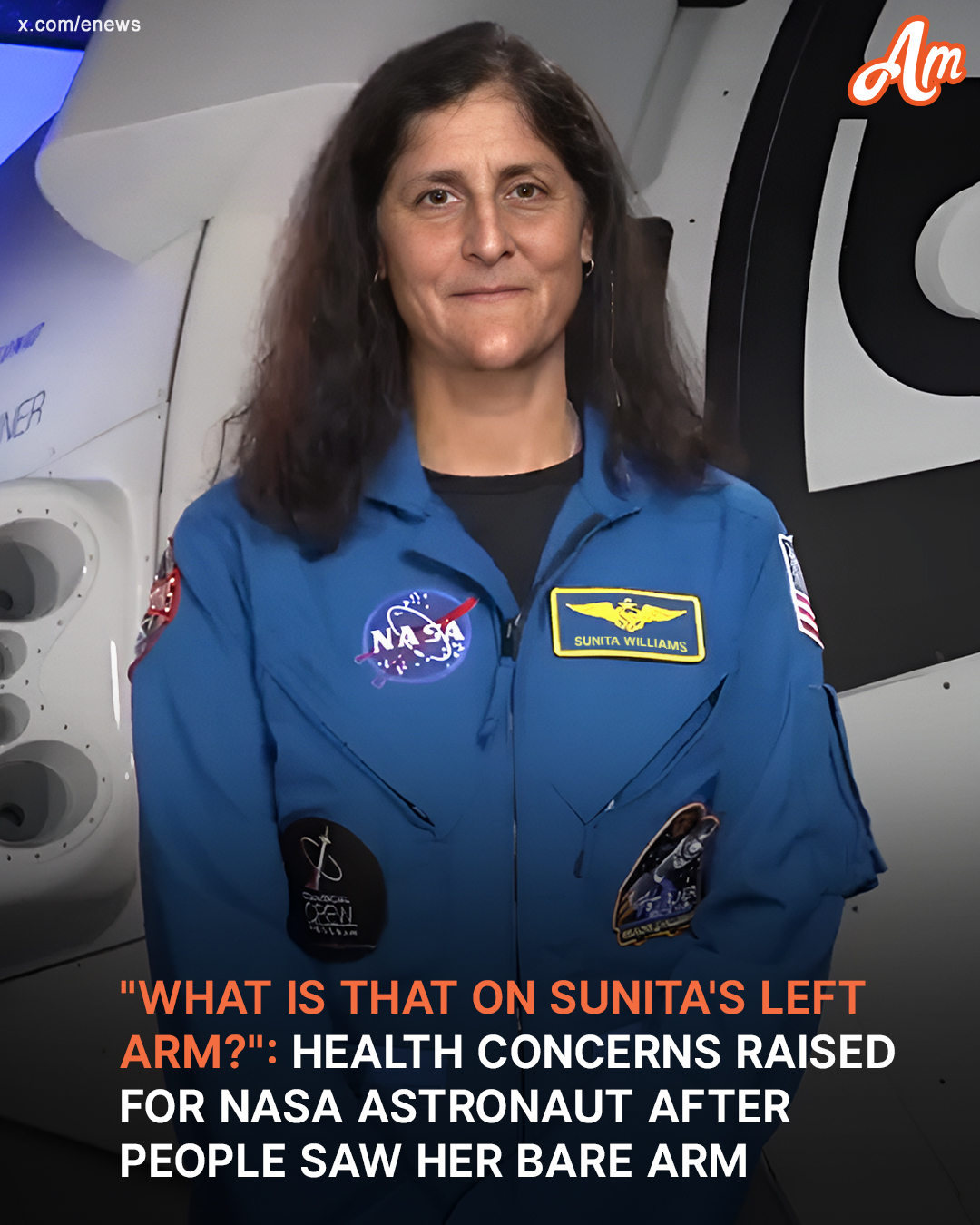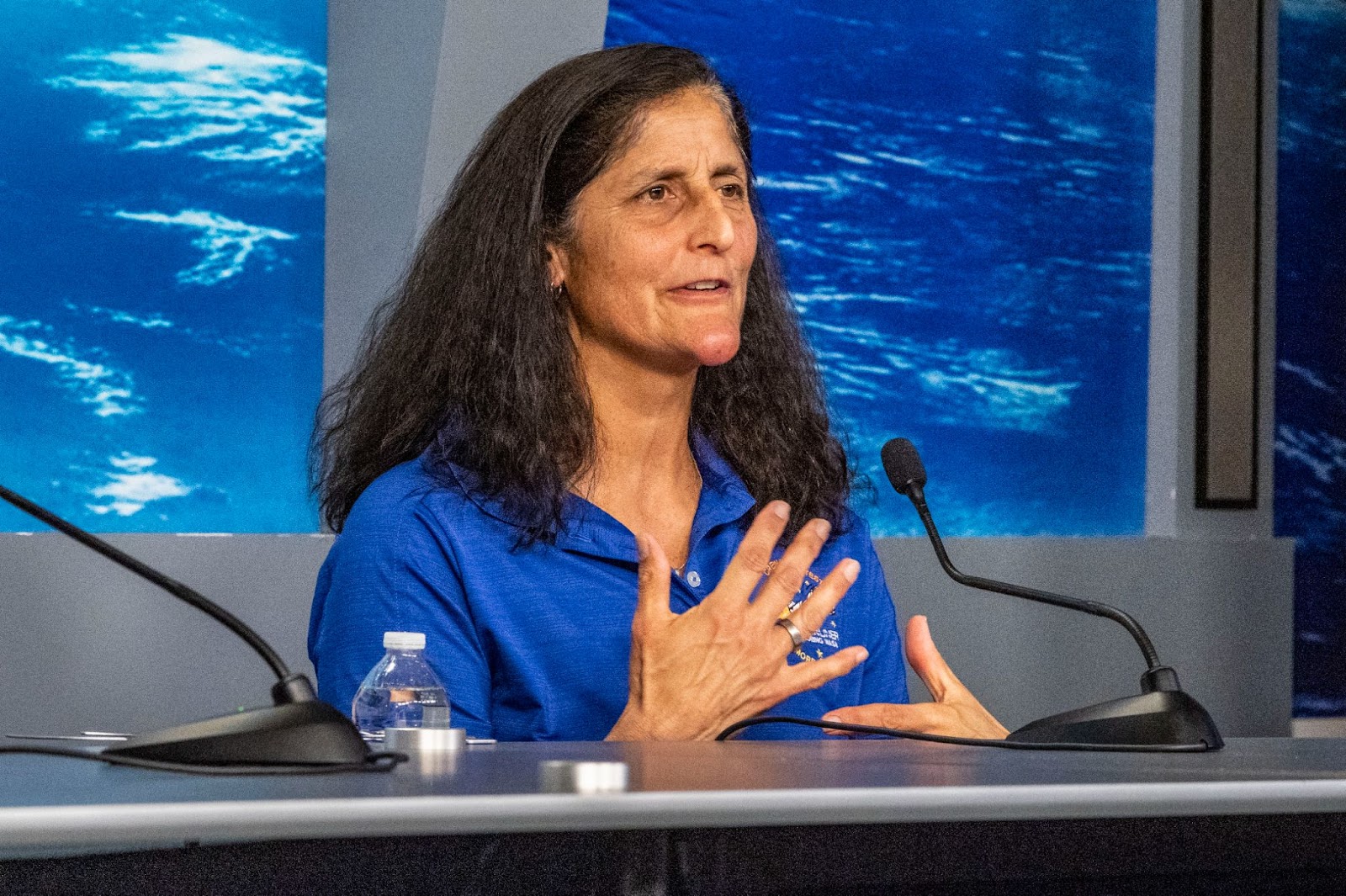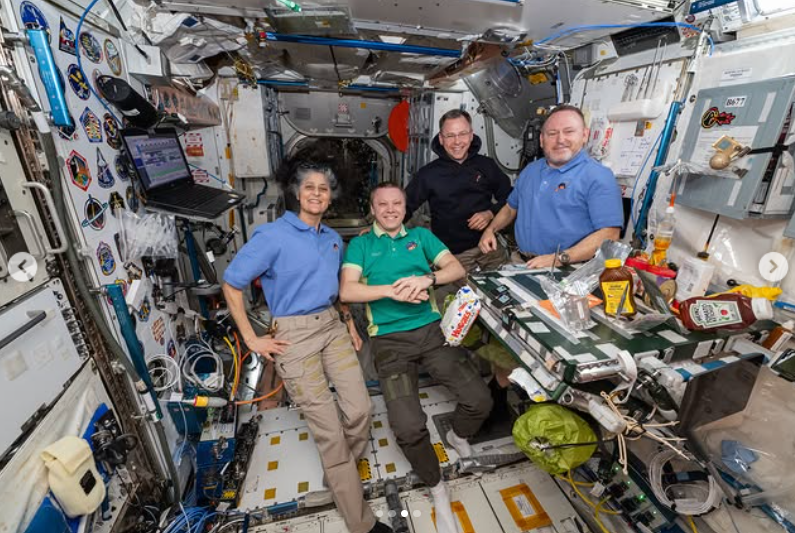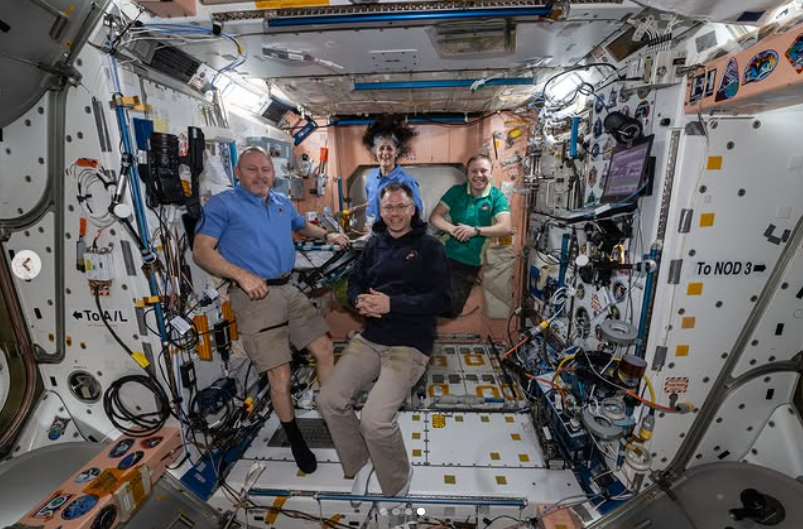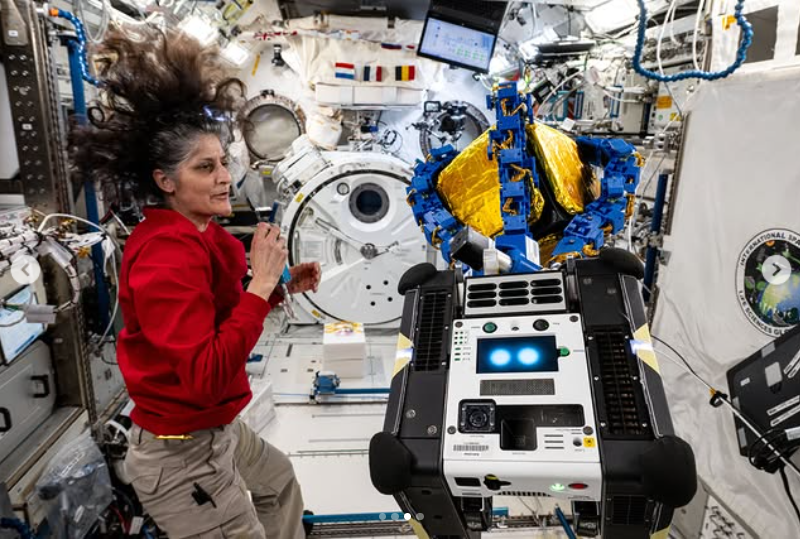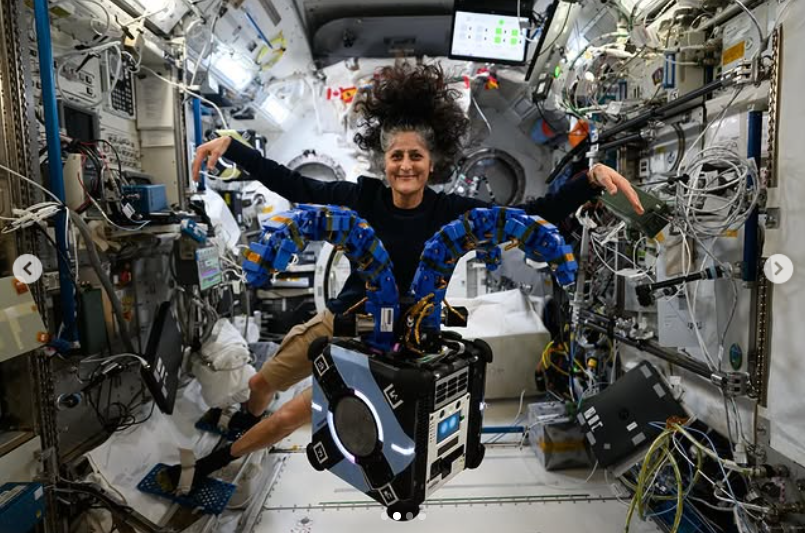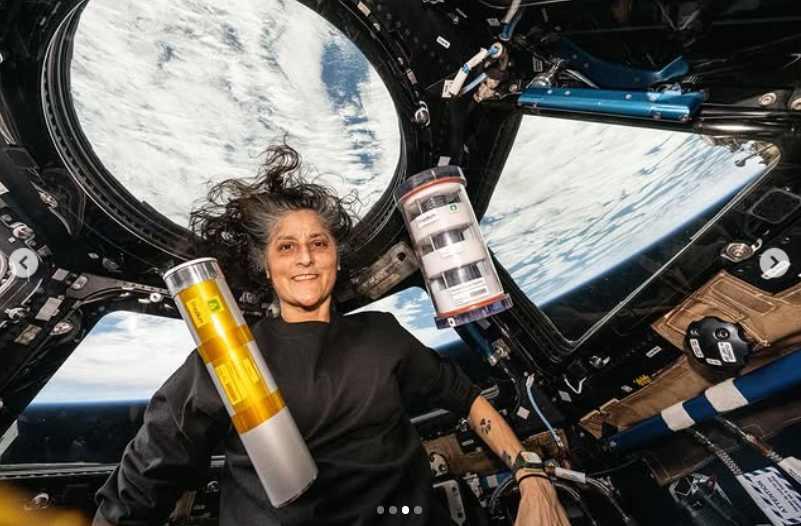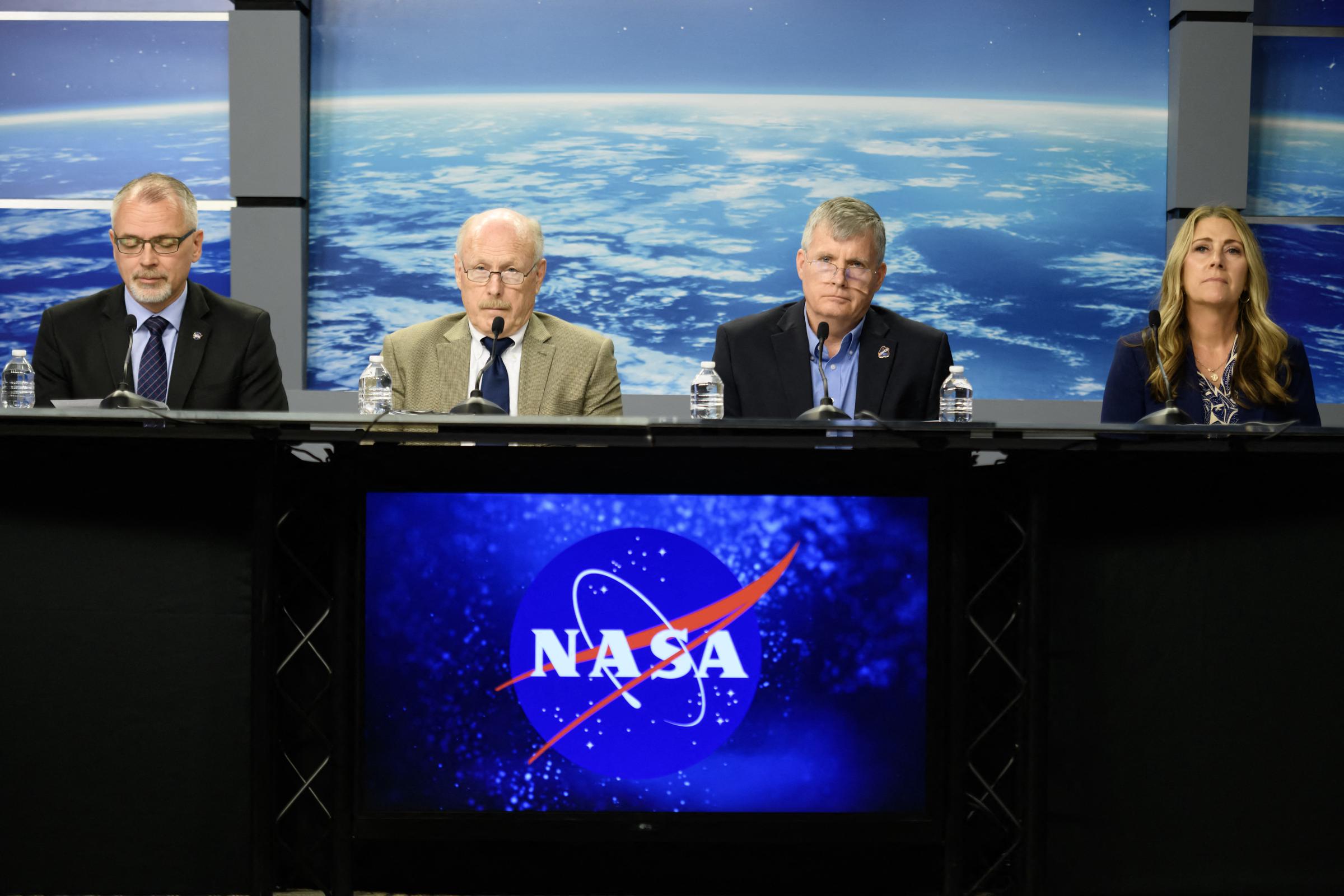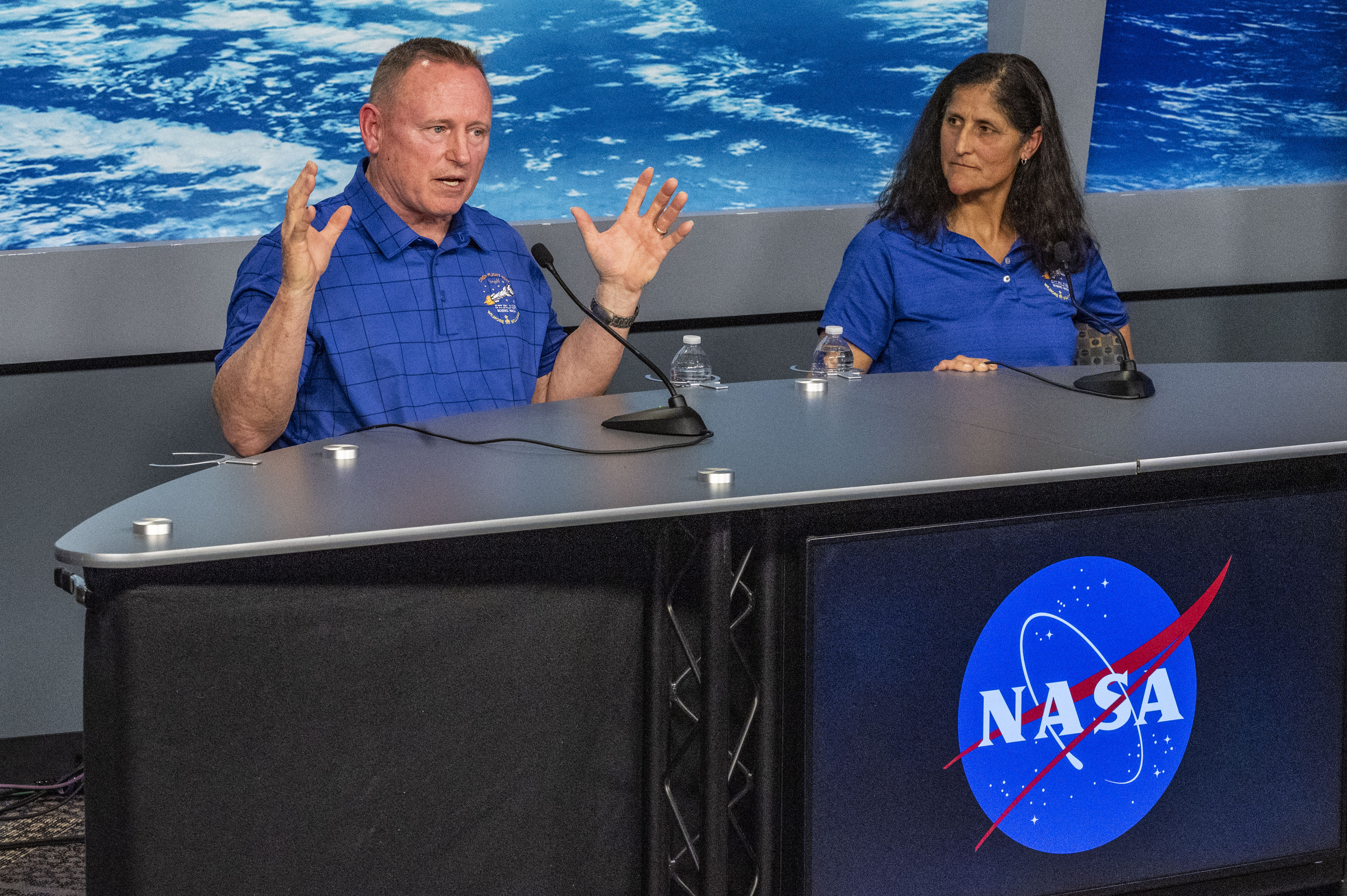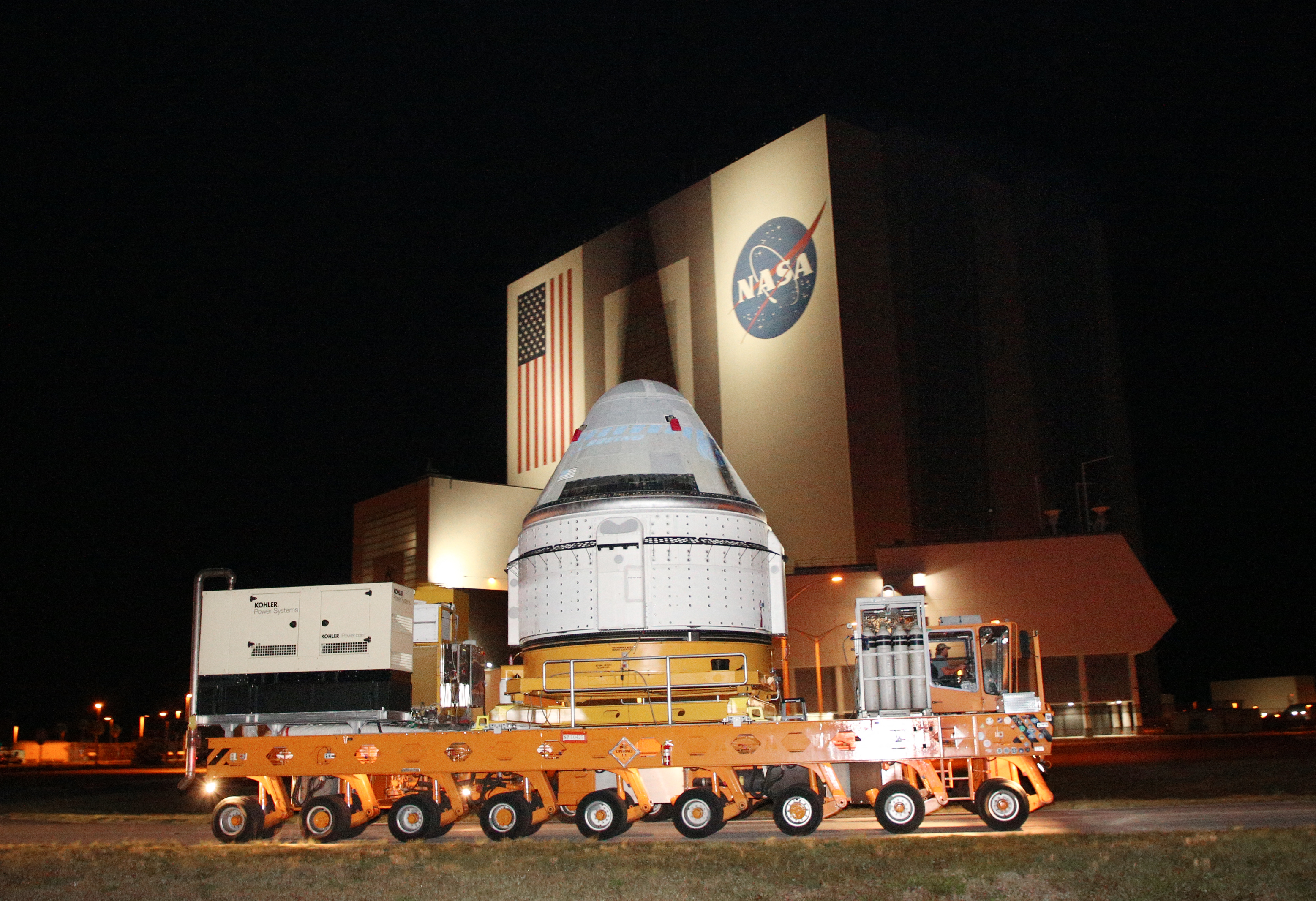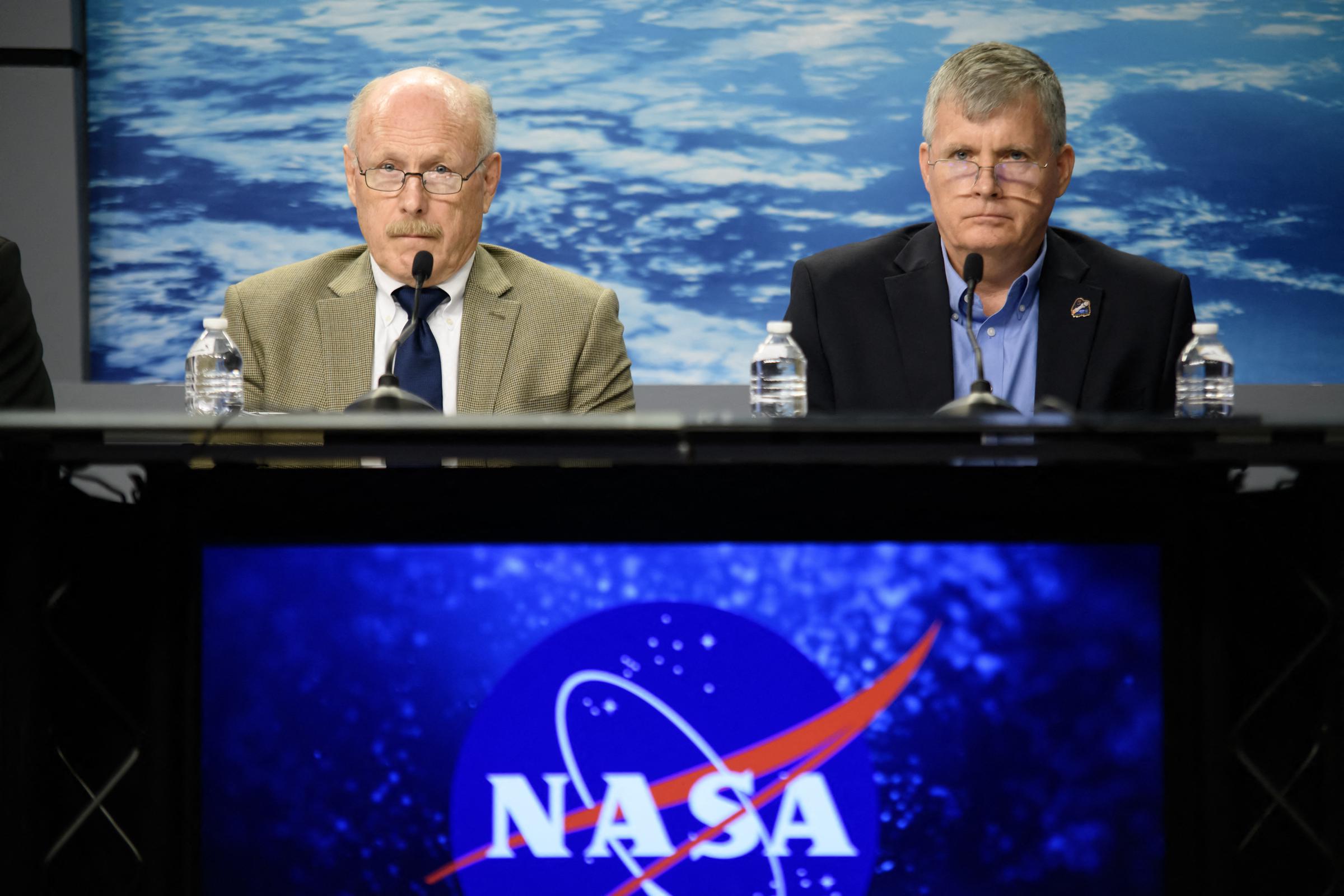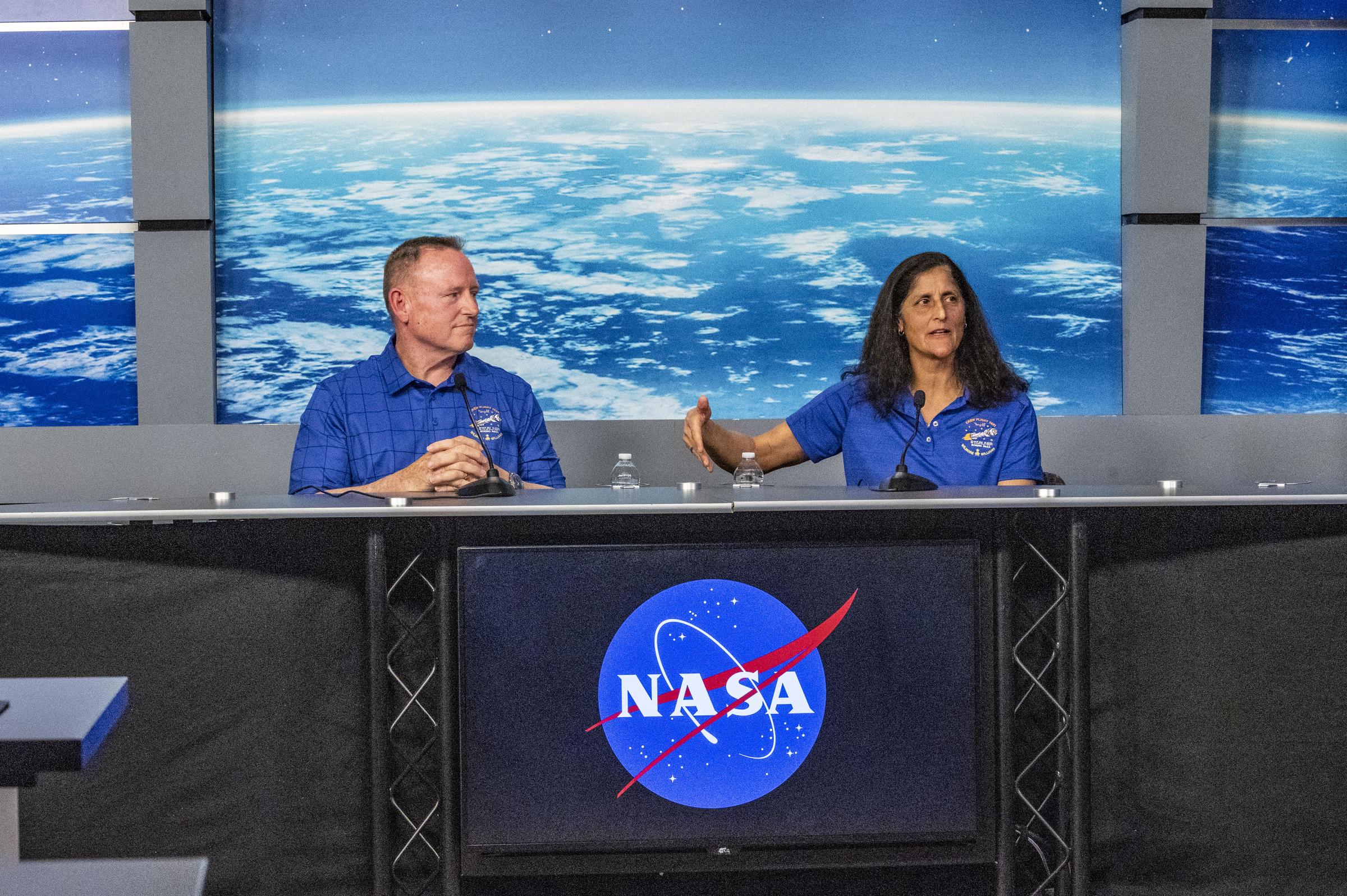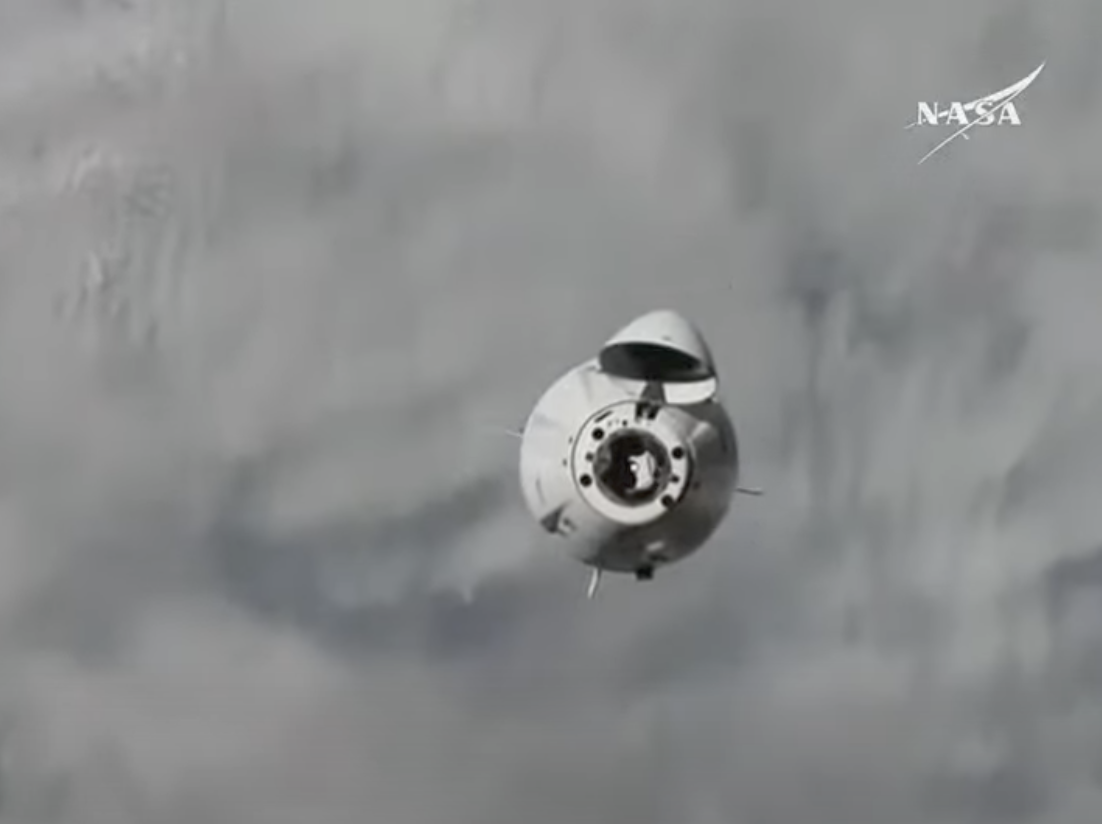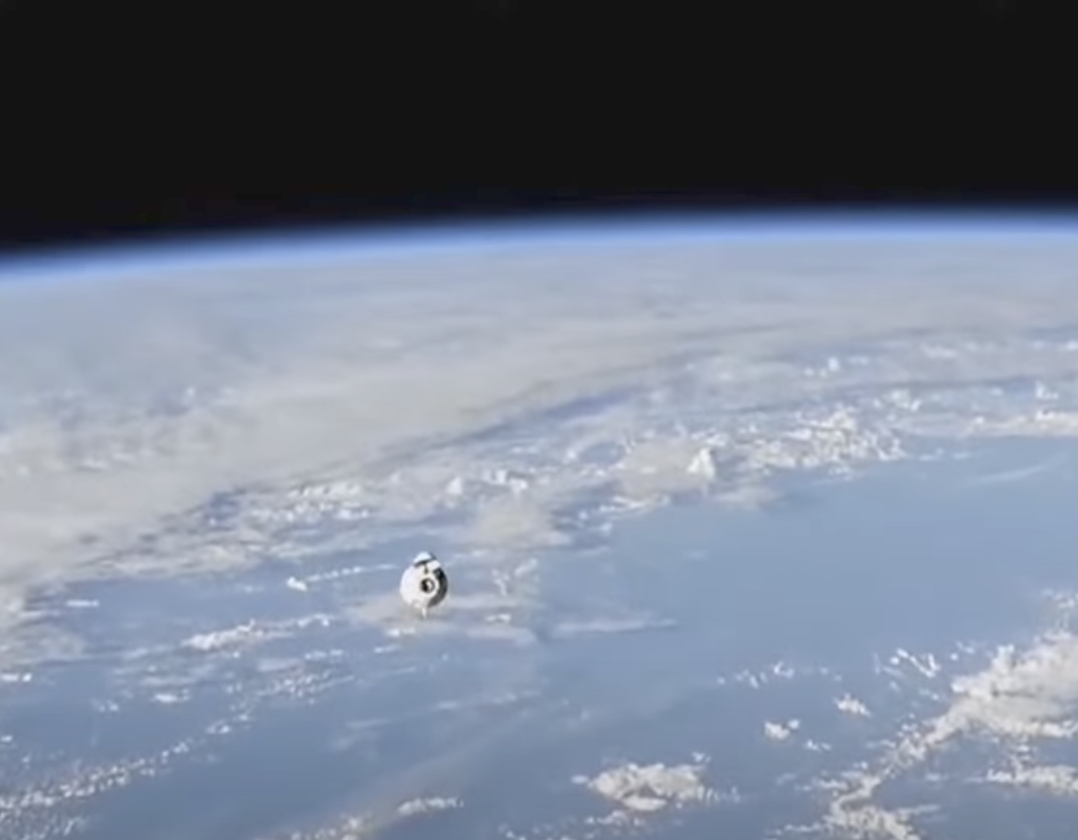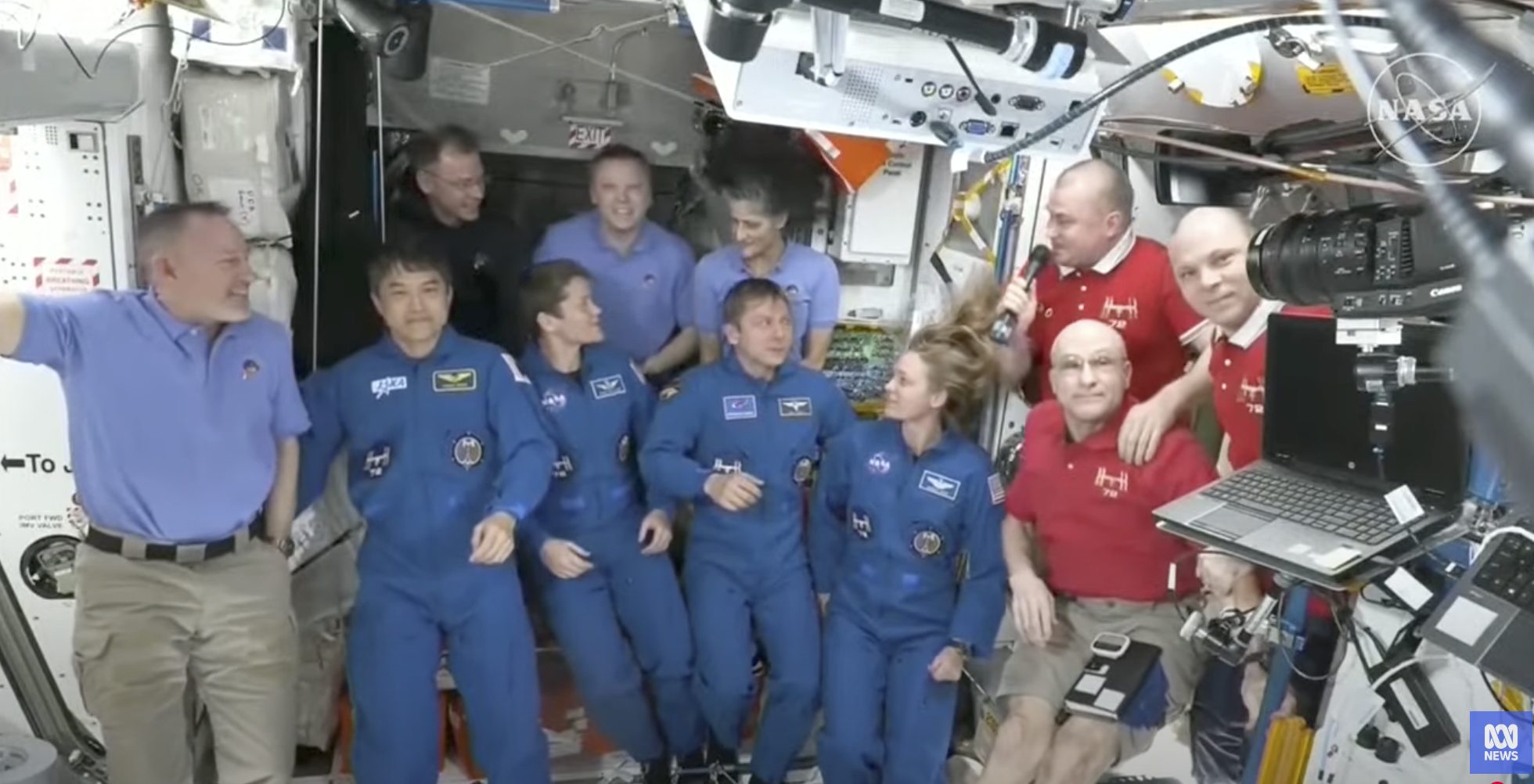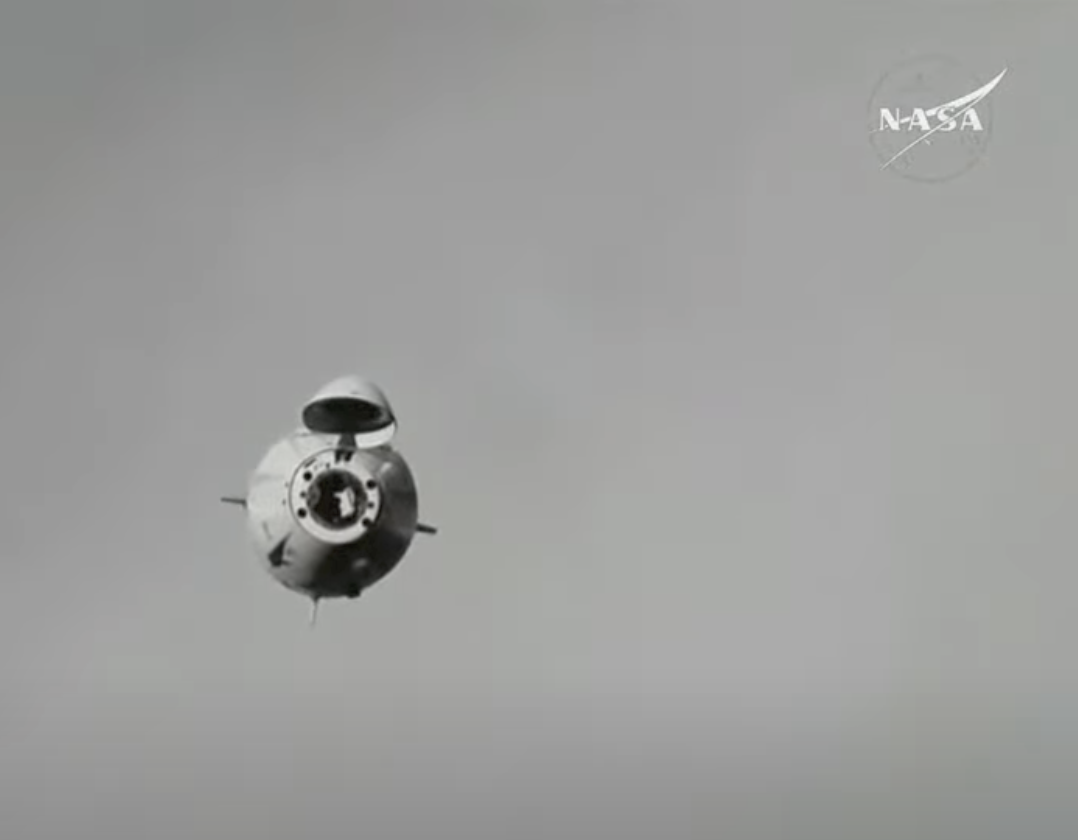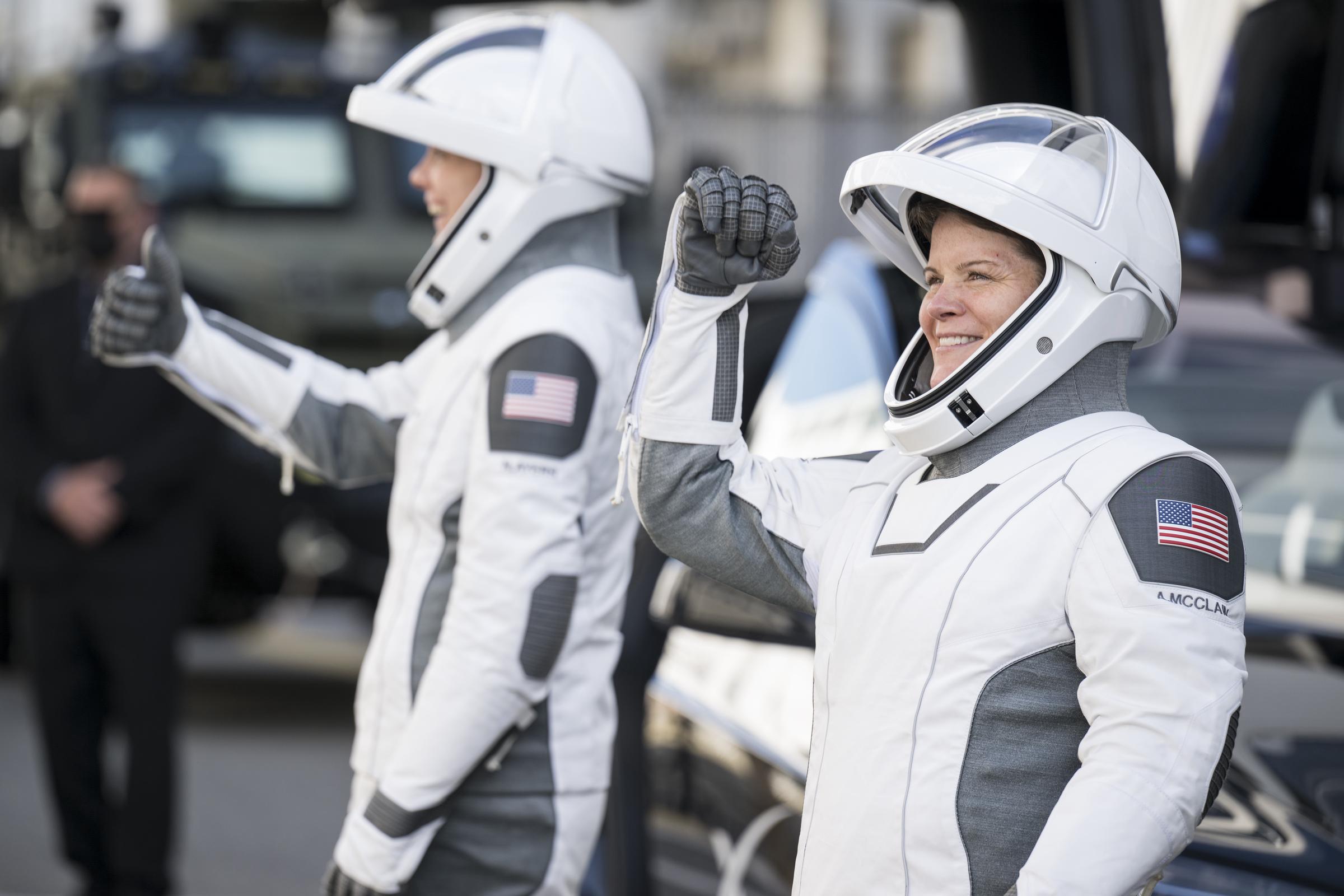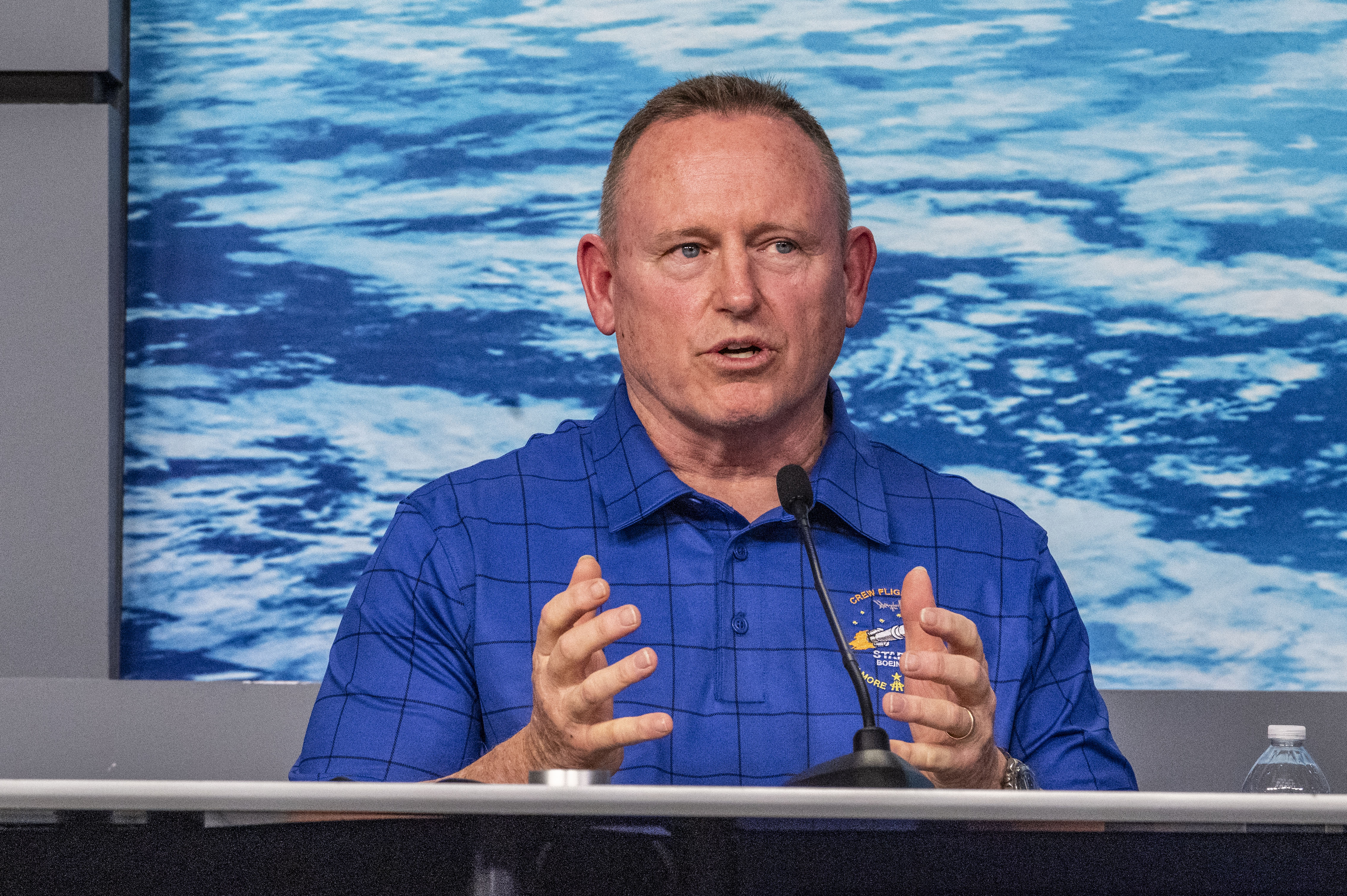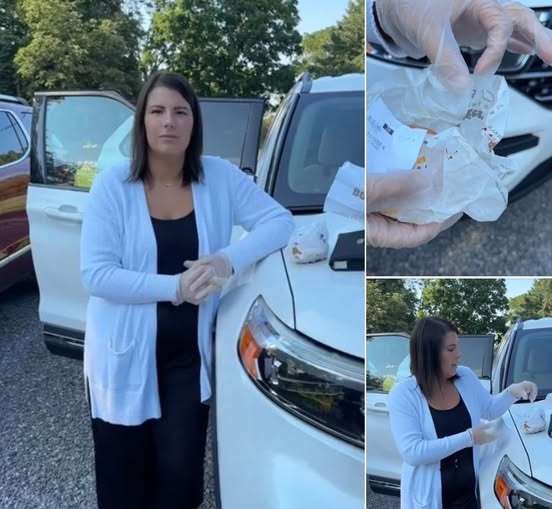New Photo of NASA Astronaut Sunita Williams After Space Mission Sparks Health Concerns
NASA astronaut Sunita Williams returned to Earth on Thursday with three other crew members. However, some netizens noticed certain aspects of her appearance that raised concerns. This has led to speculation about her health.
The National Aeronautics and Space Administration (NASA) Johnson Space Center shared good news this week. It revealed that SpaceX Crew-9 had successfully returned home. Posting on X, the independent government agency uploaded several images of the cheerful crew.
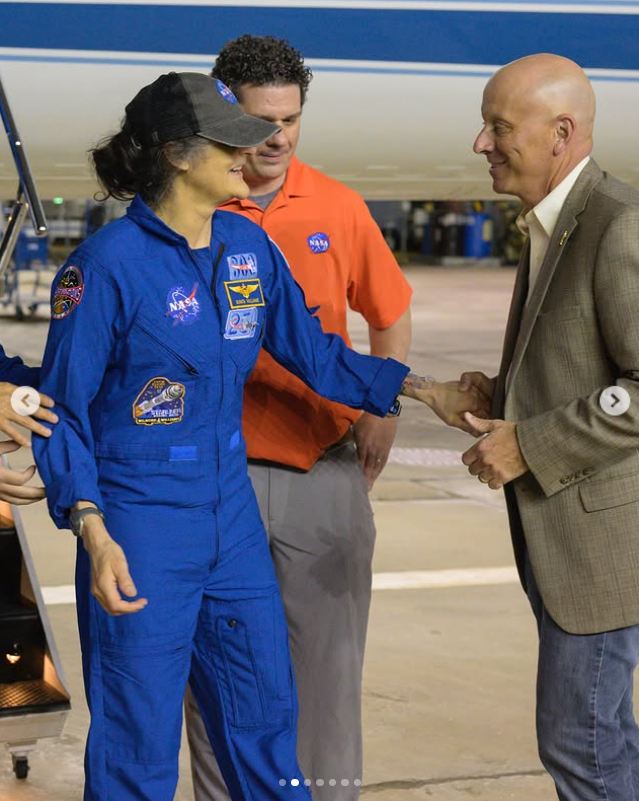
Sunita “Suni” Williams meeting NASA personnel after SpaceX Crew-9 members return to Earth on March 18, 2025 | Source: Instagram/nasajohnson
NASA astronauts Nick Hague, Sunita “Suni” Williams, and Butch Wilmore, along with Roscosmos cosmonaut Aleksandr Gorbunov, all made it back safely. In the post’s caption, the agency celebrated their return, writing, “Home sweet home.”
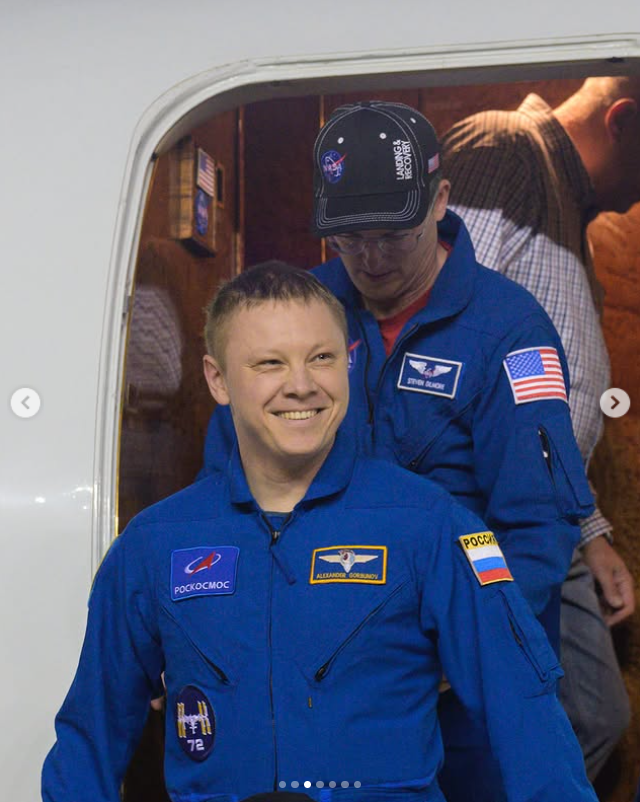
Aleksandr Gorbunov smiles after returning to Earth from Space | Source: Instagram/nasajohnson
It stated that the quartet arrived at Johnson Space Center’s Ellington Field in Houston at 11:19 p.m. CDT. Their return followed a successful mission at the International Space Station. The astronauts splashed down earlier that afternoon, with NASA welcoming them, saying, “Welcome home, Butch, Suni, Nick, & Aleksandr!”
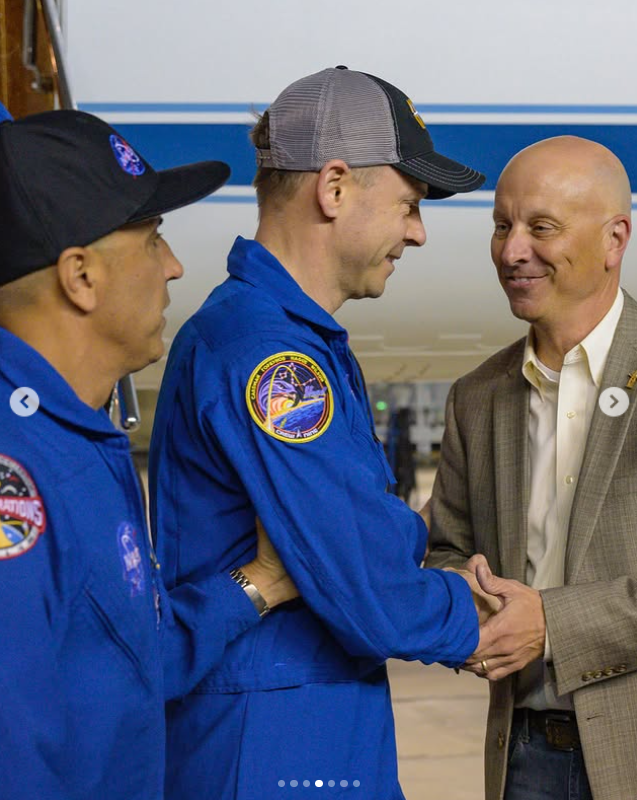
Nick Hague is supported while meeting NASA personnel | Source: Instagram/nasajohnson
After seeing images of the astronauts, some people focused on Williams, the only woman on the team, as they shared their concerns. One person speculated, “She looks jaundiced ,hope [sic] her liver is ok.” Another said, “Sunni [sic] looks sick. I hope she is ok.”
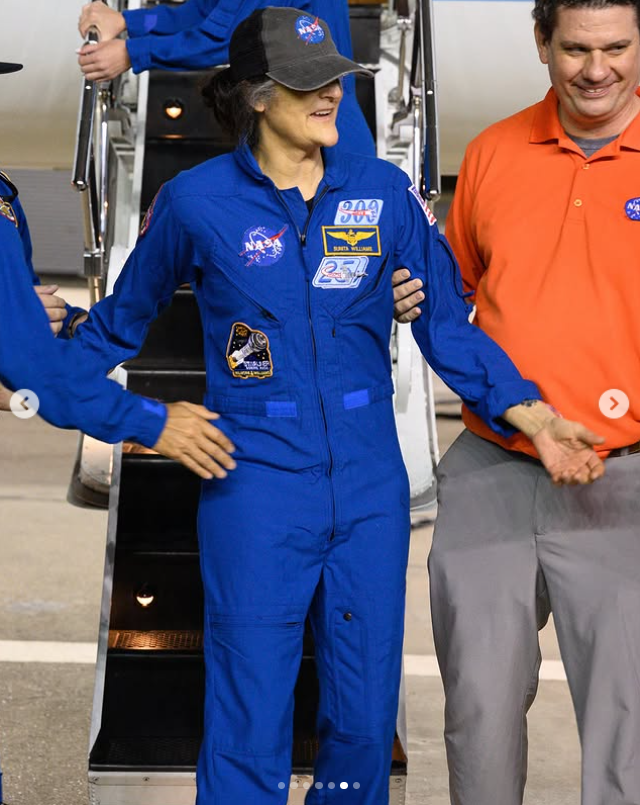
Sunita “Suni” William is supported by NASA personnel | Source: Instagram/nasajohnson
Focusing on Williams, one person wondered, “Is that an IV line in her arm? Like another person that commented, [sic] I noticed she looks jaundiced.”
Noticing the same thing, a netizen commented, “The woman has an infusion inserted. I hope she recovers soon!!” while another remarked, “I am happy they are home. But she looks terrible. Prayers for all of them.”
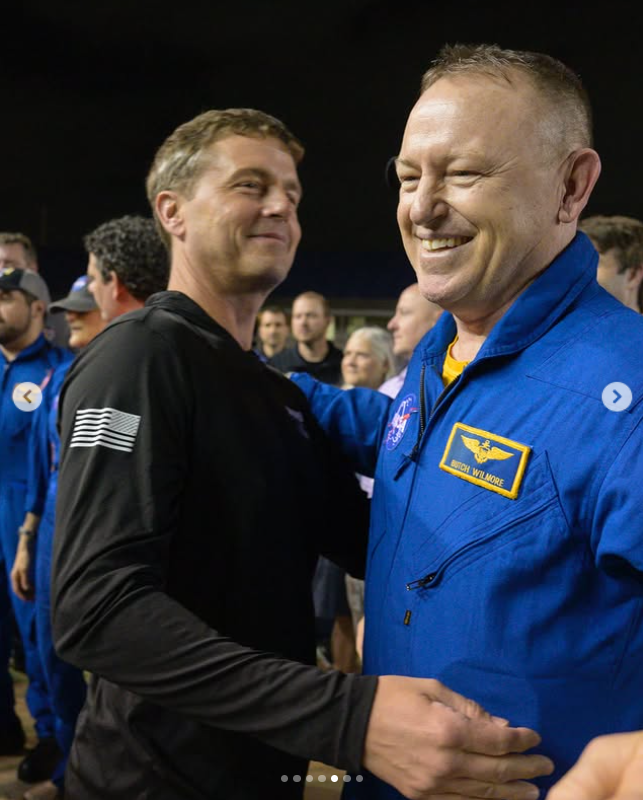
Barry Wilmore laughs while greeting a colleague | Source: Instagram/nasajohnson
Following their return, the crew is set to undergo reintegration after spending nine months away from Earth’s surface. One publication noted that Williams might be experiencing nutritional deficiencies, as she was seen with an intravenous (IV) line in her wrist.
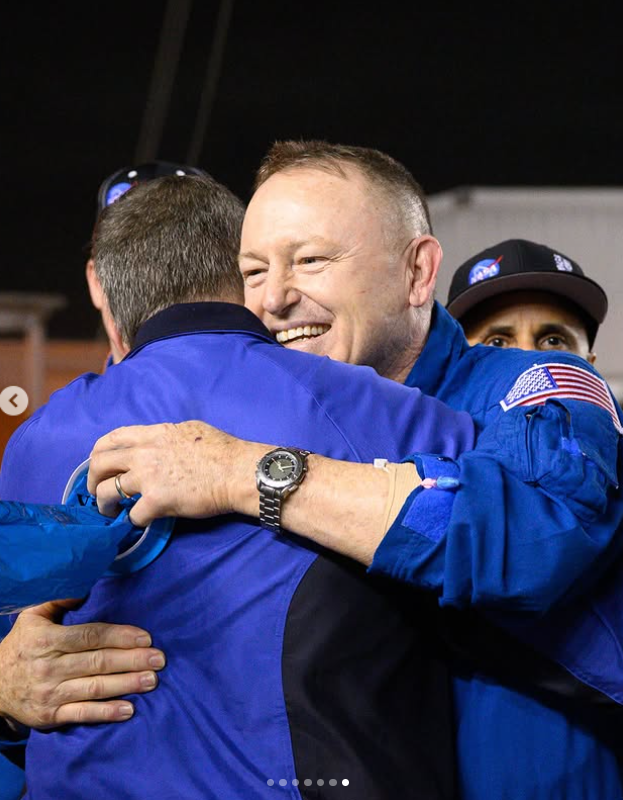
A publication consulted several doctors to gain insight into the astronauts’ conditions. Dr. Olalekan Otulana, a general practitioner at Cassiobury Court in the UK, explained, “Sunita Williams’ visibly thin wrists could indicate muscular atrophy, particularly in the forearm muscles, which are less used in space.”
Focusing on the IV, he speculated, “The IV in her wrist is most likely for rehydration and electrolyte balance. This is very important after prolonged spaceflight to prevent dizziness and aid circulation in Earth’s gravity.”
Meanwhile, Dr. John Jaquish, a biomedical engineer at Jaquish Biomedical, suggested that Williams likely lost weight and bone density. He explained, “Without gravity, you don’t digest food as well. Compromising your ability to digest food is certainly going to contribute to muscle loss and bone loss on its own.”
The biomedical engineer also noted that the crew’s lack of movement from basic activities like walking could have contributed to Williams’ tendons and ligaments shrinking. Additionally, Dr. Vinay Gupta, a pulmonologist and Air Force veteran, shared his insights.
Gupta said, “I don’t think people realize that you need gravity to exercise your muscles, and if you don’t have gravity, your muscles have nothing to have resistance against.” Bone density loss and muscular atrophy make individuals more prone to fractures from simple movements or minor injuries, significantly reducing their mobility.
The biomedical engineer also noted that the crew’s lack of movement from basic activities like walking could have contributed to Williams’ tendons and ligaments shrinking. Additionally, Dr. Vinay Gupta, a pulmonologist and Air Force veteran, shared his insights.
Gupta said, “I don’t think people realize that you need gravity to exercise your muscles, and if you don’t have gravity, your muscles have nothing to have resistance against.” Bone density loss and muscular atrophy make individuals more prone to fractures from simple movements or minor injuries, significantly reducing their mobility.
Jaquish further explained, “You don’t digest your food as well in space. When your stomach is upside down, it doesn’t move food as efficiently through the digestive system, so they have to eat less and wait longer.”
